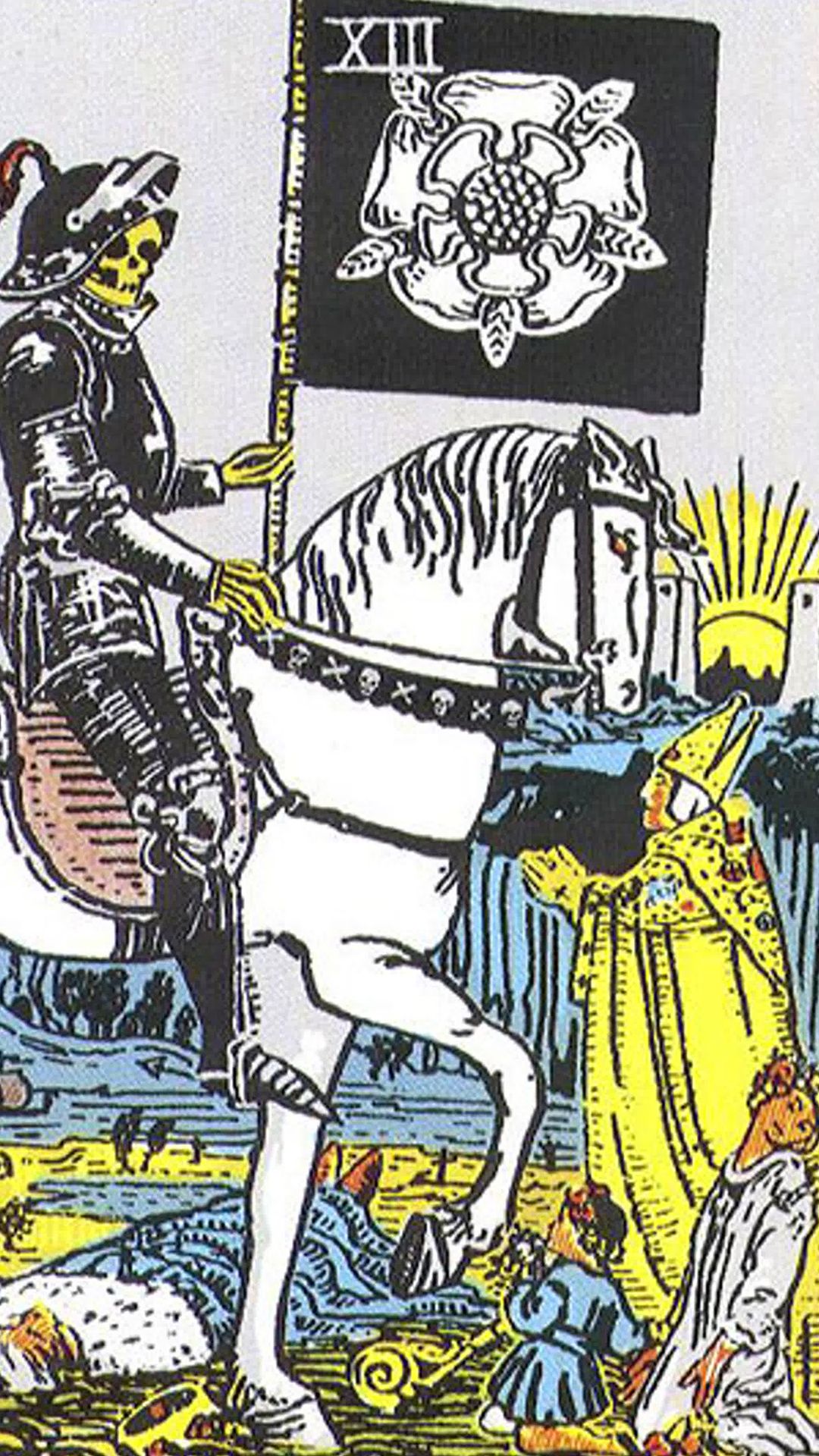Combination of card The Emperor and card Death
Death and the Emperor in direct position – a powerhouse combo of transformation and control. Inevitable changes, represented by Death, find their perfect outlet through the Emperor's commanding presence. Think of it like renovating your dream home – messy at first, but with a solid blueprint guiding every step. This pairing shows up constantly during career pivots – that initial shock of starting fresh, followed by building something rock-solid. Change might feel intimidating, but the Emperor's framework transforms complete chaos into your new empire.
Combination of reversed card The Emperor and card Death
Death upright paired with the reversed Emperor creates serious friction between unstoppable change and a leadership vacuum. Picture a wildfire with no firefighters – intense transformation happening, but zero guidance. This combination screams situations where the old guard has crumbled: moving to a new city without any game plan, or watching your workplace implode during a botched merger. The transformation is definitely happening, but without strong leadership, you're basically surfing a tsunami.
Combination of card The Emperor and reversed card Death
Reversed Death with the upright Emperor – when fear of change meets an iron-clad foundation. It's like having one foot on the gas and one on the brake – you want to move forward, but something's holding you back. These cards love showing up when you're terrified of switching careers or relocating, even though you know you should. Here's the twist: the Emperor's rock-solid stability actually becomes your launching pad for conquering those fears and making the leap.
Combination of reversed card The Emperor and reversed card Death
Reversed Death paired with the reversed Emperor – this is where things get messy. You've got resistance to change plus a complete leadership meltdown. Imagine a company that refuses to update their 1990s software while the CEO has no clue what's happening. This combination exposes toxic workplace dynamics: outdated systems run by incompetent management, or businesses that won't embrace new technology because they're terrified of losing their death grip on control.

